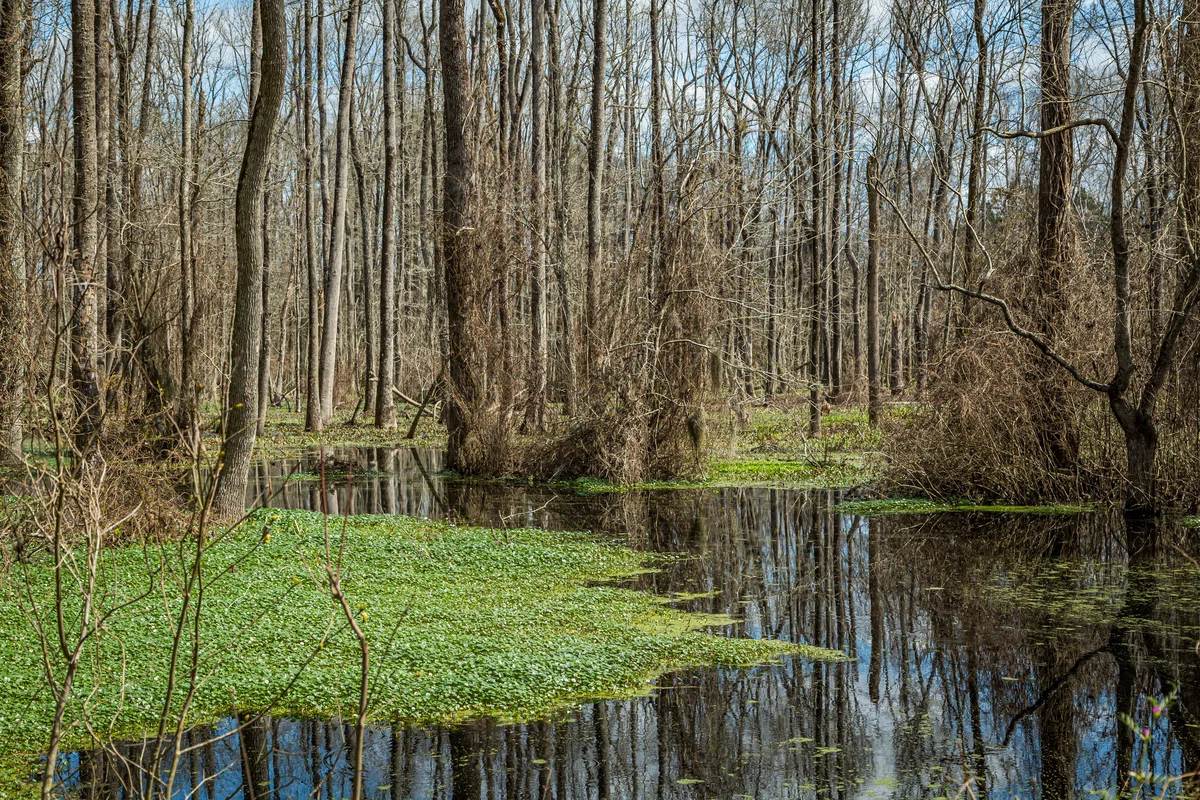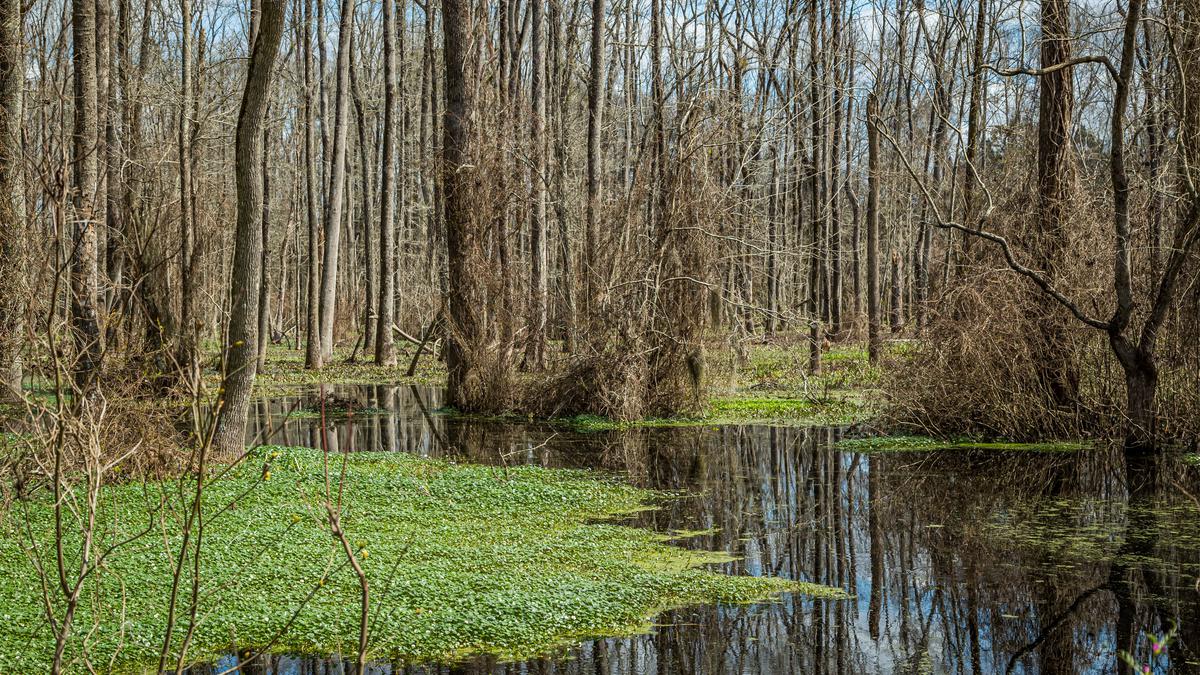
The best peat bogs to visit in Georgia. Imnati Peat Bog.
The Iman peat bog has large reserves of peat, which exceed 300 million cubic meters. Here you can also watch migrating birds. This peat bog has quite big prospects for tourism, and hiking trails have already been laid out.
The Imnati peatland extends to the east of Lake Paliastomi. The peat reserves here exceed 300 million cubic meters.
The bogs and boggy forests (together with rivers and lakes) located on the adjacent territory are a safe refuge for rare species of plants and animals. Here is the route of the annual migration of birds. The uninhabited marsh is an ideal place for migratory birds to rest and gain strength between their long migrations, which head north-south in autumn and from warm countries to their nesting places in spring.
Here you can rarely see the most beautiful representative of Georgian fauna - Colchis pheasant, whose existence was learned in the ancient world from Greek explorers who visited Georgia.
The peat bog and its neighboring territories have great prospects from the point of view of ecotourism. Many rare birds can be observed here during their mass migration. There are observation towers on the territory of the park.
There are hiking trails on the territory of Imnati Peat Bog, but the best way to explore these excessively wet areas is to use a motorboat.

Location:
Lanchkhut municipality; Guria lowland, western periphery of Supsa village; 6 m above sea level.

Coordinates:
№ 42⸰05'26''; Е 41⸰48'53'' (the mouth of Lake Paliastomi and the river).

How to get there:
The Imnati peat bogs can be accessed through the Colchis National Park, as well as by a walking route from the village of Supsa through Tabanati; a rocky road leads to the west, then a dirt road; the distance to the bogs is 5 km. It is also possible to get to the bogs via Lake Paliastomi by water transport. The distance from Tbilisi to the bogs is 300 km, 30 km from Ozurgeti, 23 km from Lanchkhuti, 80 km from Kutaisi.













21 comments
Log in to leave a comment
Болота и находящиеся на прилегающей территории заболоченные леса (вместе с реками и озёрами) являются надёжным укрытием для редких видов растений и животных. Читая о болоте , мне почему то страшно, хотя автор пишет , что есть пешие тропы, но я бы не пошла. Хотя очень думаю интересно посмотреть на птиц.